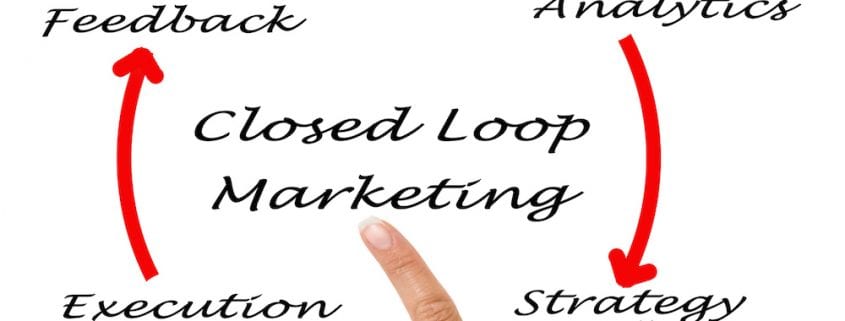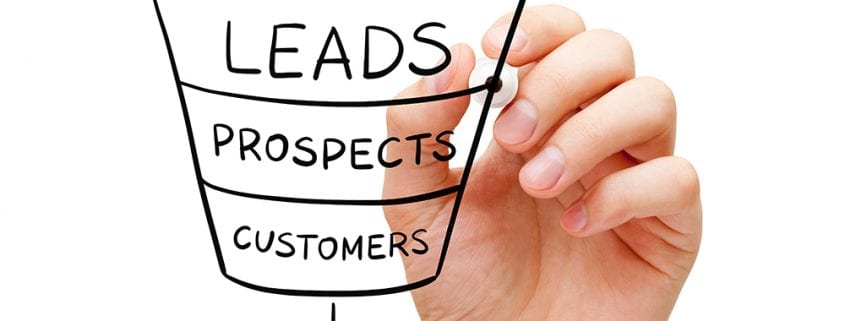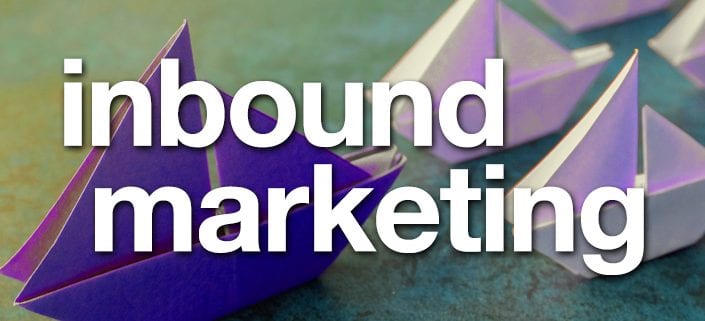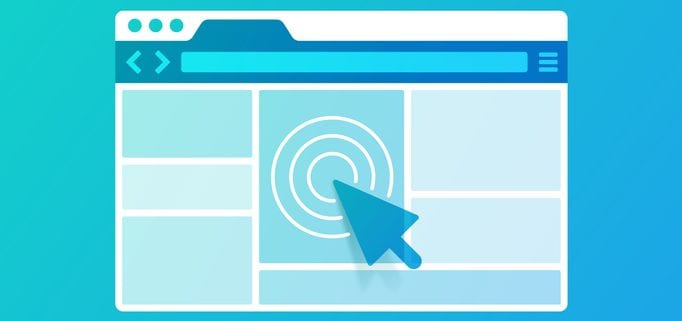
How to Have a Successful Blog (Expert Tips)
You might be wondering, how can my company have a successful blog? Blogging has become a great way for companies to write about content that relates to their company. Content can include tips and advice on any topic that relates back to what the company knows. Topics for blogging can range from “What a Good Landing Page Looks Like” to “How to Start Your Own Business in 10 Easy Steps”.
How do you make sure that your company has a successful blog? Here are 6 expert tips to help your company with a successful blog.
Make Your Topic Something People Care About
The first step in having a successful blog is to have a topic that people are going to want to read about. Find a topic that you find will be useful, and then research your topic to make sure you are providing reliable information to your readers, and then you can write about your topic. Make the topic interesting, and something worth reading.
Make the Formatting Easy To Read
When you are formatting your blog, it is ok to have multiple paragraphs. These paragraphs can be small. It is better to have many small paragraphs, instead of a few really lone paragraphs. A blog is something that people are going to want to be able to read easily. When writing a blog for your company, include offers and promote other blog posts as well.
Have an Attention Grabbing Title
As you are reviewing your blog, go back to the title. This title is important and needs to be clear, specific, and most importantly, attention grabbing. Titles should also be between 50 and 60 characters. If it goes over 60, the end of the title will be cut off in the search engine.
Pictures Are Fun to Look At
A blog without pictures can be boring. Add a picture or two to your blog. These pictures can be relevant to your topic, and they can also just be a part of a blog as long as they fit. For example, if your blog is directed towards an audience of readers who are business people, you could include a picture of someone wearing a suit. Pictures are a nice addition to the blog. Do not forget to cite pictures if they are not yours.
Links and CTA’s
A successful blog includes links to other relevant articles, as well as a CTA (call-to-action). A CTA is an eBook or guidebook that people can download. It is additional information on the topic that the customer is looking for.
Share on Social Media
Once you have written your story, it is time to share it. You can share your blog through a multitude of social media platforms including LinkedIn, and Facebook.
Read more on 8 Tips on Social Media Best Practices For your Business
Be Consistent and Frequent
The most important thing to remember is consistency and frequency. Blogging is more than one post. It is multiple posts. When you are in charge of blogging for your company, it is best to post a minimum of two blogs a week.
Blogging can be fun. Follow these steps to ensure that your company has a great blog.









 The following is a more thorough breakdown of demand generation vs. lead generation:
The following is a more thorough breakdown of demand generation vs. lead generation:







 What is Cornerstone Content?
What is Cornerstone Content?
